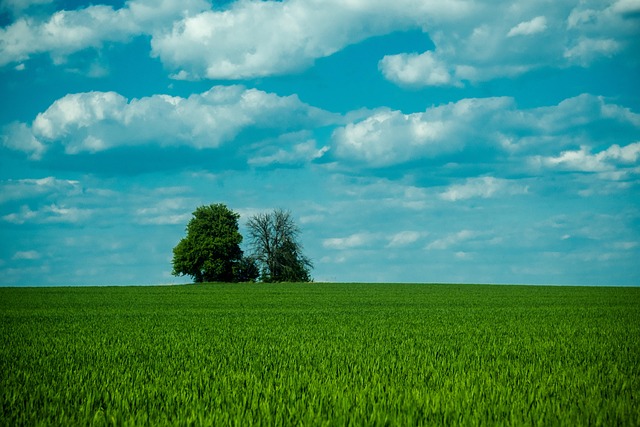Understanding the correct square footage for your garden is crucial for proper maintenance, budget planning, and maximizing space. While square footage can sometimes be misleading, there are practical steps to accurately measure and utilize it effectively.
Planning Your Lawn
Before starting measurements, it’s essential to consider the size and shape of your lawn. A well-planned garden allows for a more accurate calculation of square footage. Start by identifying the number of plants, grass types, and other features that will impact the size. It’s important to account for any additions or removals to the lawn area throughout the year. This step allows for a more precise estimation of the square footage in the end.
Measuring Your Lawn
To determine the square footage accurately, use a tool called a **garden tiler** or a **ruler with a mark scale**. The first step is to mark the boundaries of your garden. Ensure that your measurements are consistent in all directions. After marking the boundaries and measuring the lengths of each side, cross-check the measurements with the tiler to verify correctness. This step is often overlooked but can save you from costly errors.
Calculating Square Feet
Once the measurements are correct, the next step is to calculate the square footage. The formula for square footage is simply **length multiplied by width**. For example, if your garden is 12 feet long and 10 feet wide, the square footage will be 120 square feet. However, it’s always best to double-check the measurements with another method, such as using a lawn measuring tool, to ensure accuracy.
Utilizing Technology for Precision
With the help of modern technology, lawn square footage calculations can be made even more precise. Tools like laser measuring devices or smart sensors can provide accurate data. These tools ensure that you can account for any irregularities in the lawn’s shape. It’s worth noting that digital tools are especially useful when dealing with large or hard-to-measure plots.
Considering Maintenance Costs
Square footage is not just a technical calculation. It is also a key factor in determining maintenance costs. A larger square footage means more grass and potential for future maintenance. Therefore, it is important to prioritize the best square footage for your garden and to budget accordingly.Choosing the Right Area
When selecting the area for your lawn, consider factors such as soil quality, climate, and water availability. This decision will shape the square footage you need and the way it is maintained over time. A well-located and well-kept lawn will yield the same square footage but with optimal growth and maintenance.
Answering Questions
One common question many gardeners ask is: *“How do I determine square footage accurately?”* Here are some practical tips:
– Always measure all sides.
– Use consistent units (feet or meters).
– Cross-check measurements with multiple tools.
– Consider the shape and irregularities in the lawn.
Transitions and Originality
Each new step in the guide should smoothly transition to the next. A well-structured flow ensures that the reader follows the process with ease. The answer questions at the end encourage further exploration and provide real-life insights.
Final Thoughts
In summary, understanding lawn square footage is a valuable skill that enhances garden planning, budgeting, and maintenance. It also provides insight into the potential for growth and development in your garden. As you work with your lawn, remember to take measurements with care and consider the best possible square footage for your space.
By following this process, you can ensure the best square footage for your lawn, allowing it to grow and thrive without unnecessary costs or effort.
- Measure the length and width of your lawn carefully.
- Use a tiler to verify measurements and cross-check.
- Calculate square footage by multiplying the length by the width.
- Consider modern technology to ensure precision.
- Plan your lawn to account for potential changes and maintenance.
| Measurement | Length (feet) | Width (feet) | Square Footage (square feet) |
|---|---|---|---|
| 12 feet by 10 feet | 12 | 10 | 120 |
By following this guide, you can confidently determine the square footage of your lawn and enjoy its benefits for years to come.
